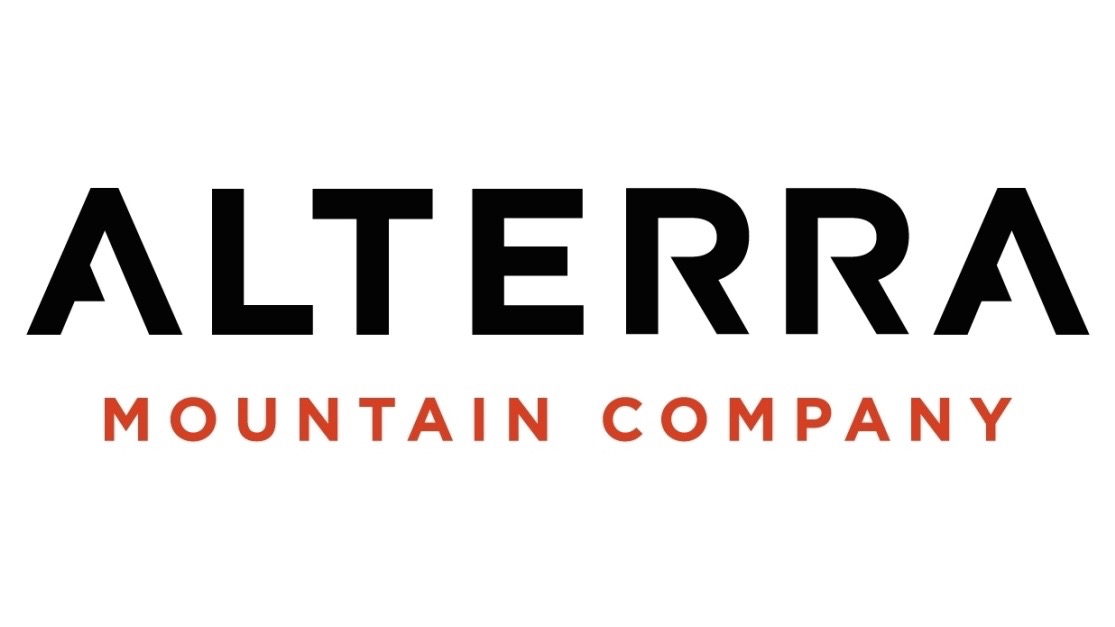Retail container traffic expected to be up 16 percent in September over the same month last year

Press Release:
WASHINGTON, September 7, 2010 – Import cargo volume at the nation’s major retail container ports is expected to be up 16 percent in September over the same month last year, but 2010 has already hit its peak and numbers will decline through the remainder of the year, according to the monthly Global Port Tracker report released today by the National Retail Federation and Hackett Associates.
“Retailers have stocked up early on much of their holiday merchandise in order to avoid some of the supply chain disruptions seen earlier in the year,” NRF Vice President for Supply Chain and Customs Policy Jonathan Gold said. “Cargo is still coming in, but the key question for sales will be what happens with employment and other factors that affect consumer confidence this fall. Retailers are hoping they’ve hit the right balance of supply and demand.”
U.S. ports handled 1.38 million Twenty-foot Equivalent Units in July, the latest month for which actual numbers are available. That was up 5 percent from June and 25 percent from July 2009. It was the eighth month in a row to show a year-over-year improvement after December broke a 28-month streak of year-over-year declines. One TEU is one 20-foot cargo container or its equivalent.
August was estimated at 1.35 million TEU, a 17 percent increase over last year. September is forecast at 1.32 million TEU, up 16 percent from last year; October at 1.3 million TEU, up 9 percent; November at 1.2 million TEU, up 11 percent; and December at 1.11 million TEU, up 2 percent. January 2011 is forecast at 1.06 million TEU, down 2 percent from January 2010.
The first half of 2010 was estimated at 6.9 million TEU, up 17 percent from the same period last year. The full year is forecast at 14.5 million TEU, which would be up 15 percent from the 12.7 million TEU in 2009, which was the lowest since the 12.5 million TEU reported in 2003. The 2010 number remains below the 15.2 million TEU seen in 2008 and the peak of 16.5 million TEU seen in 2007.
While October is the traditional peak month of the annual shipping season as retailers bring in merchandise for the holiday season, July’s figures appear likely to stand as the peak for 2010. The shift was mostly due to backlogs built up due to the lack of shipping capacity earlier in the year after ship owners took vessels out of service during the recession.
“There is sufficient evidence to suggest that importers anticipated the peak season and bought early, partly as a result of a fear of lack of capacity and containers but also as a means to avoid the hefty peak season surcharges announced by all the carriers,” Hackett Associates founder Ben Hackett said. “We remain cautious about growth over the next 12 months. The good news is that the influx of new capacity will continue to put downward pressure on freight rates.”
Global Port Tracker, which is produced for NRF by the consulting firm Hackett Associates, covers the U.S. ports of Long Angeles/Long Beach, Oakland, Seattle and Tacoma on the West Coast; New York/New Jersey, Hampton Roads, Charleston and Savannah on the East Coast, and Houston on the Gulf Coast. The report is free to NRF retail members, and subscription information is available at www.nrf.com/PortTracker or by calling (202) 783-7971. Subscription information for non-members can be found at www.globalportracker.com.
As the world’s largest retail trade association and the voice of retail worldwide, NRF’s global membership includes retailers of all sizes, formats and channels of distribution as well as chain restaurants and industry partners from the United States and more than 45 countries abroad. In the United States, NRF represents the breadth and diversity of an industry with more than 1.6 million American companies that employ nearly 25 million workers and generated 2009 sales of $2.3 trillion. www.nrf.com
Hackett Associates provides expert consulting, research and advisory services to the international maritime industry, government agencies and international institutions.



![MIKE WEST THE DAILY 2[49]](https://shop-eat-surf.com/wp-content/uploads/2024/04/MIKE-WEST-THE-DAILY-249-600x400.jpeg)






